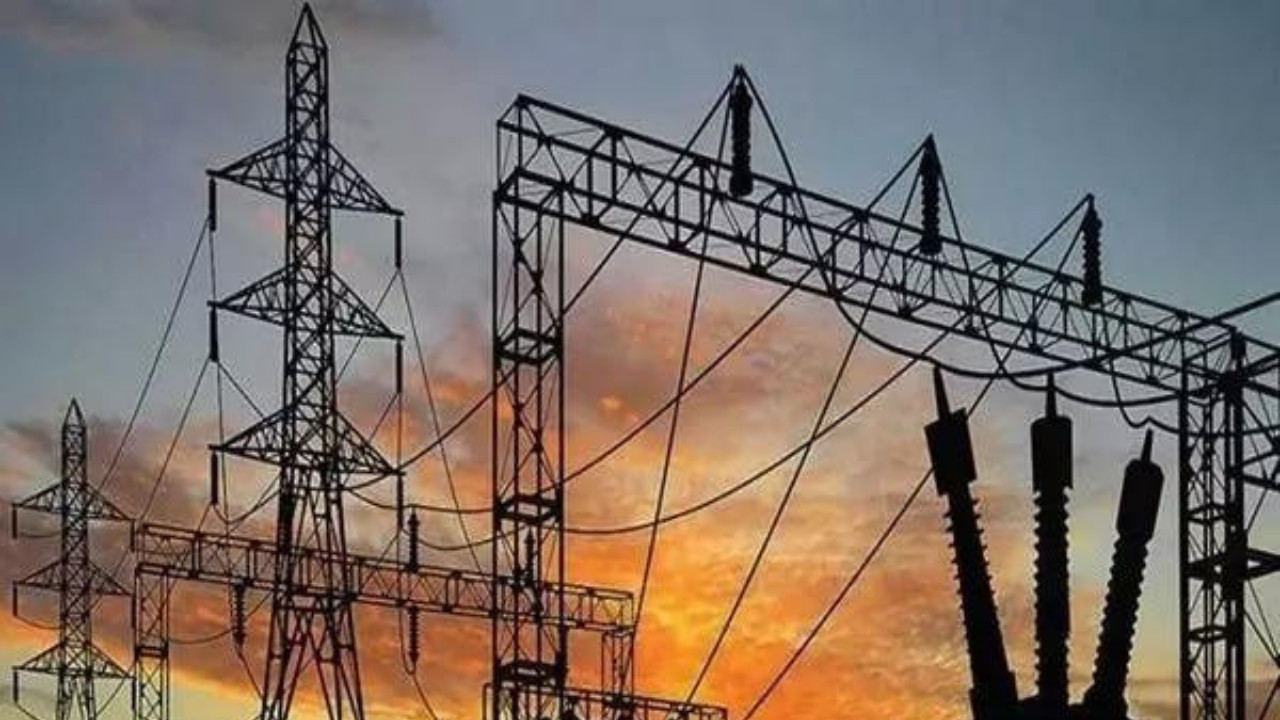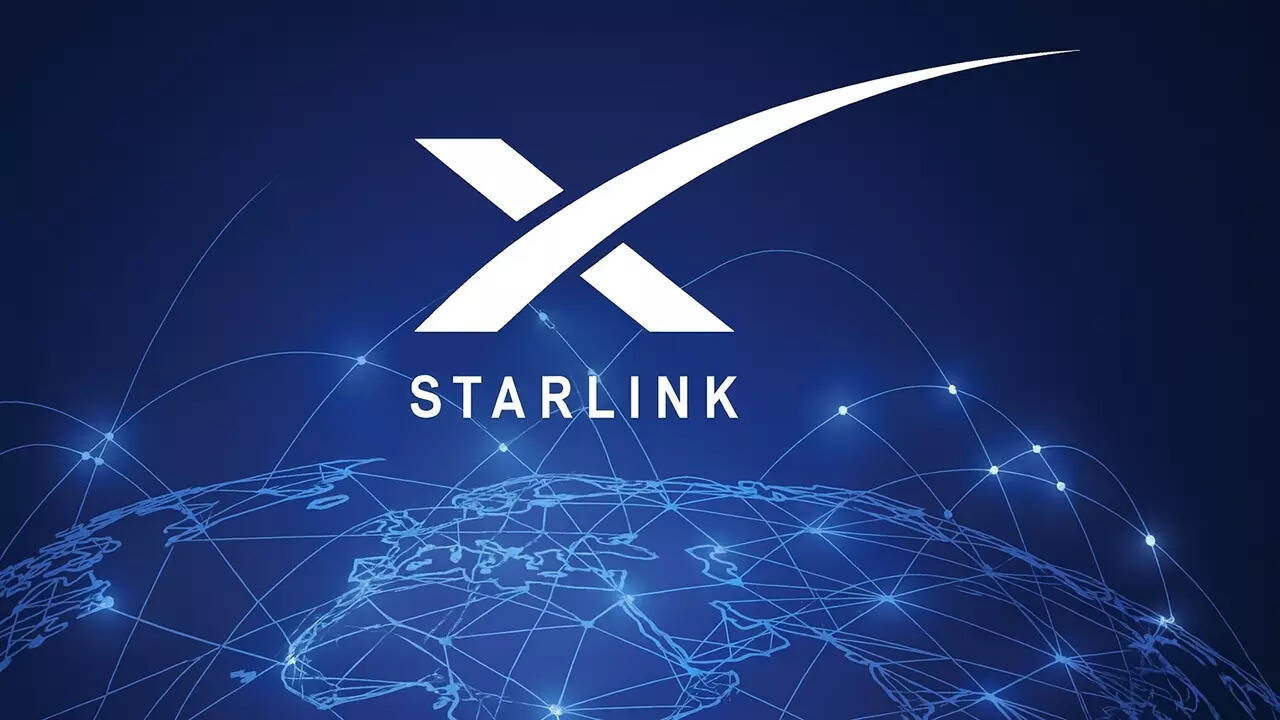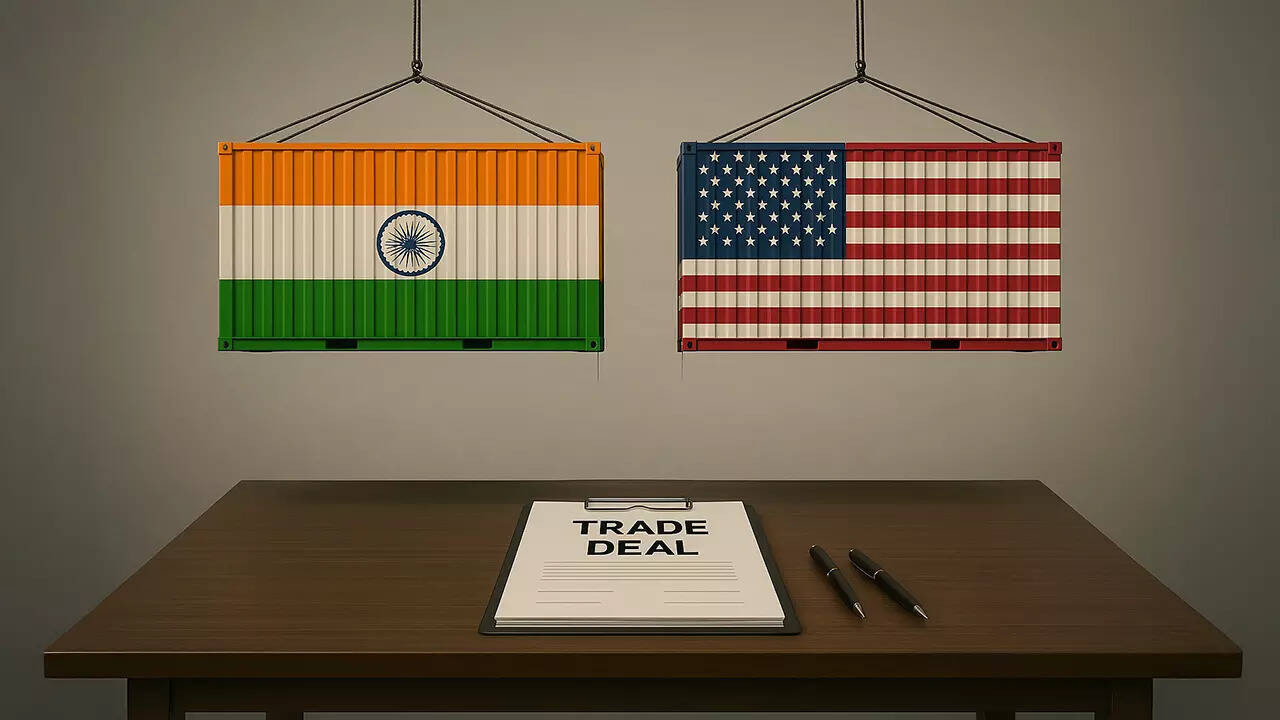India’s power demand is projected to surge by 6.0-6.5% annually over the next five years, fueled by EV adoption, data center expansion, and green hydrogen projects. While renewables will dominate capacity growth, a significant uptick in thermal projects is also underway. However, increased rooftop solar adoption may partially offset this rising grid demand.
Buckle Up, India: Your Electricity Bill is About to Get Interesting
Okay, folks, let’s talk electricity. It’s something we largely take for granted, right? Flick a switch, the lights come on. Plug in your phone, it charges. But behind that simple act lies a colossal, humming engine of infrastructure, investment, and, increasingly, demand.
A new report just landed on my desk, and frankly, it’s got my attention. It paints a picture of India’s power landscape over the next few years that’s… well, let’s just say it’s energetic. We’re talking a projected annual electricity demand growth of a whopping 6-6.5% all the way through fiscal year 2030. That’s not just a little bump; that’s a seismic shift.
Now, why such a surge? It’s not just about more houses being built and more appliances being plugged in. This is about a fundamental reshaping of our economy, driven by three key players: Electric Vehicles (EVs), Data Centers, and Green Hydrogen.
Let’s start with EVs. The buzz around electric vehicles is deafening, and for good reason. We’re seeing government incentives, manufacturers scrambling to produce affordable models, and consumers, finally, starting to seriously consider ditching the internal combustion engine. All those EVs need charging, and that charging requires… you guessed it, electricity. The report highlights that as EV adoption accelerates (and it is accelerating), the strain on our grid will intensify. Imagine millions of cars, scooters, and buses all drawing power at peak hours. It’s a thrilling prospect for a cleaner future, but a daunting challenge for power providers.
Then there are data centers. Think about everything you do online. Every search, every video streamed, every cloud-based document saved. All that information lives in massive data centers, humming away 24/7. India is fast becoming a global hub for data, fueled by our burgeoning digital economy and the increasing need for cloud computing. And guess what? Data centers are energy hogs. They require enormous amounts of electricity to power servers and keep them cool. As the digital world expands, so too will the electricity demand from these power-hungry behemoths.
Finally, we have the wild card: Green Hydrogen. This is the new kid on the block, the potential game-changer in the clean energy transition. Green hydrogen is produced by using electricity to split water into hydrogen and oxygen. If that electricity comes from renewable sources like solar or wind, the whole process becomes carbon-neutral. India has ambitious plans to become a major green hydrogen producer and exporter. However, producing green hydrogen requires a significant amount of electricity, which adds another layer of complexity to the already growing demand.
So, what does all this mean for you and me, the average consumers? Well, for one, it means that India’s power sector needs to seriously step up its game. We need massive investments in renewable energy sources, smarter grid management, and more efficient energy storage solutions. Think solar parks, wind farms, and maybe even some innovative battery technologies to smooth out the peaks and troughs in demand.
The ICRA report also points to something critically important: the need for adequate and timely tariff revisions. Let’s face it, providing reliable electricity isn’t cheap. And if power companies aren’t allowed to charge rates that reflect the true cost of generation and distribution, they won’t have the resources to invest in the infrastructure needed to meet this exploding demand. This is where things get tricky. Nobody likes paying more for electricity. But artificially suppressing prices can lead to underinvestment, unreliable service, and ultimately, a much bigger problem down the line.
The report suggests that distribution companies (discoms) will need to strengthen their financial and operational performance. This involves reducing transmission and distribution losses (a polite way of saying “stop the electricity from being stolen”) and improving billing and collection efficiency. It also means embracing smart grid technologies that can better manage demand and prevent outages.
This projected growth in electricity demand isn’t just a challenge, it’s a massive opportunity. It can drive innovation, create jobs, and attract investment. But only if we’re smart about it. We need to embrace a balanced approach that prioritizes renewable energy, promotes energy efficiency, and ensures a financially sustainable power sector.
Ultimately, the future of India’s electricity grid is going to be a fascinating story to watch unfold. It’s a story of technological innovation, economic growth, and the urgent need to address climate change. It’s a story that will directly impact all of us, both in terms of our convenience and our wallets. So, keep those lights on, but maybe start thinking about where that electricity is coming from. Because the next few years are going to be electrifying, in more ways than one.
📬 Stay informed — follow us for more insightful updates!







